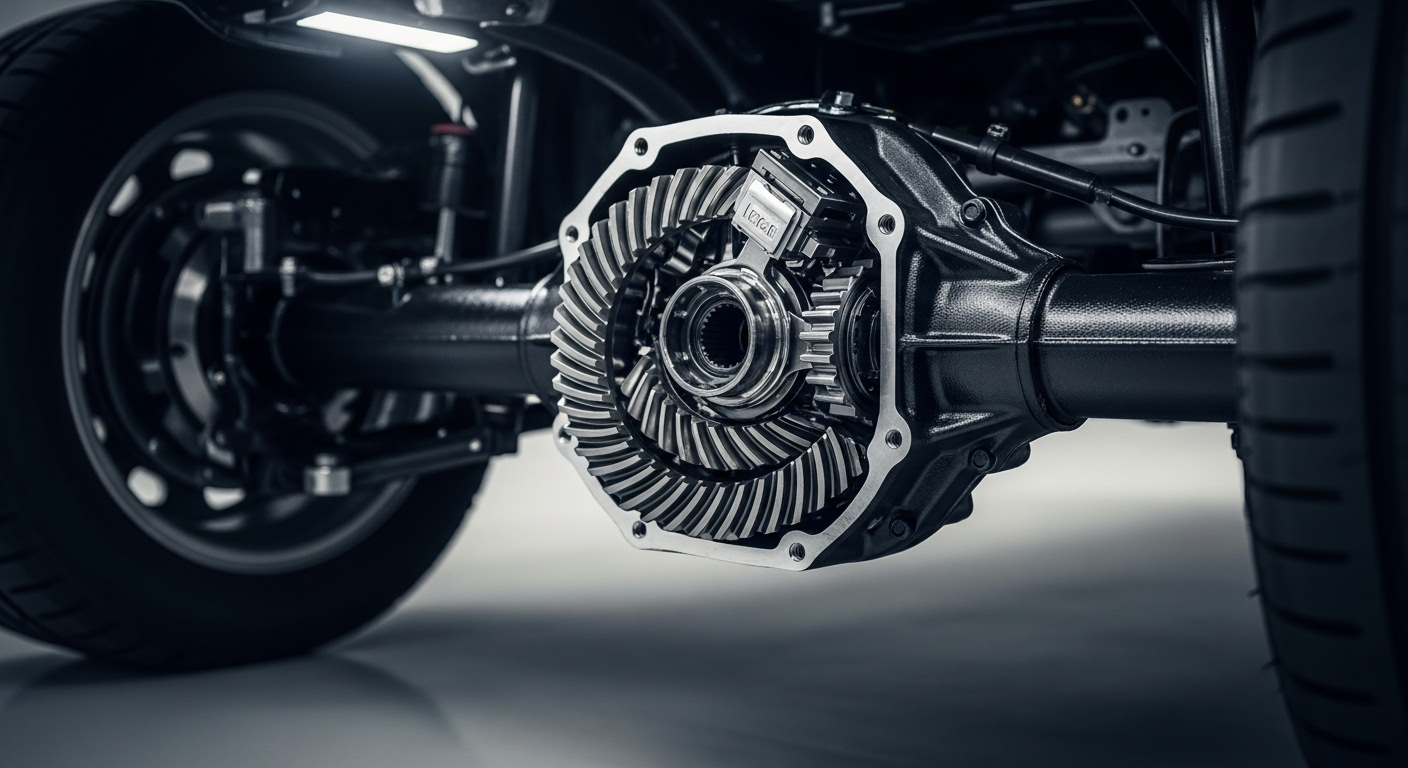Suspension and brake upkeep for frequent heavy hauling
Frequent heavy hauling places extra demands on a vehicle’s suspension and brake systems, affecting handling, wear rates, and safety margins. This article explains how load distribution, packing methods, roofrack use, and towing alter component stress, and outlines routine inspection and maintenance steps to keep vehicles reliable and safe during regular heavy loads.

Frequent heavy hauling changes how a vehicle behaves on the road: increased stopping distance, different balance in corners, and accelerated wear to shocks, springs, and brake components. Proper packing, attention to weight limits, and regular inspections reduce risks and can preserve component life. The guidance below focuses on practical checks and adjustments to help drivers and fleet managers maintain safe braking performance and suspension stability when carrying cargo, using a roofrack, or towing attachments.
How does cargo and packing affect suspension?
Packing strategy and cargo distribution are central to maintaining suspension performance. Heavy items placed unevenly or too far aft can overload one axle or one side of the vehicle, causing sagging springs, uneven tire wear, and impaired damping. Load cargo low and centered when possible, secure items to prevent shifting, and use built-in storage compartments to keep weight close to the vehicle’s center of gravity. Regularly inspect springs, bushings, and shock absorbers for signs of oil leakage, broken coils, or excessive travel; these indicate the suspension is compensating for repeated heavy cargo and may need replacement or reinforcement.
What roofrack and loading practices protect brakes?
Roofracks increase the effective mass and wind resistance of a vehicle, which intensifies brake demand and can reduce fuel efficiency. Follow the roofrack’s rated load limit, distribute weight evenly across crossbars, and avoid stacking tall loads that raise the center of gravity. Secure mounts and hardware should be checked frequently, and consider aerodynamic cargo boxes to reduce drag. When roof loads are substantial, expect longer stopping distances and monitor brake pad thickness and rotor condition more often to maintain reliable stopping performance and overall safety.
How does towing change maintenance needs?
Towing shifts significant mechanical stress onto brakes, transmission, and suspension. Trailer weight and braking configuration affect how often brake pads and rotors need replacement; trailer brakes can reduce vehicle brake wear but require correct setup, including a proportional controller or electric brake controller. Brake fluid should be checked for moisture contamination and replaced at manufacturer-recommended intervals because towing increases brake temperatures. Additionally, cooling becomes more important—avoid repeated heavy braking on long descents, use lower gear ratios when appropriate, and inspect wheel bearings and hub assemblies for heat-related damage.
How to balance seating, storage, and loading for safety?
For vehicles with flexible seating arrangements, balance passenger seating and cargo placement to maintain even axle loads. Fold seats carefully so heavy cargo sits over or between axles rather than behind the rear bumper. Keep loose items in secure storage or fasten them down; unsecured objects can become hazards during sudden stops. Verify that seating restraints remain functional after heavy loading and that any factory load-management systems or sensors are operational. Proper balance helps preserve ride quality and ensures that suspension travel and braking are predictable under load.
How does fuel efficiency relate to heavy hauling?
Heavy hauling reduces fuel efficiency through added mass and increased aerodynamic drag from roof-mounted cargo. Underinflated tires and misaligned wheels also worsen fuel economy and accelerate tire and suspension wear. Maintain recommended tire pressures for loaded conditions, perform regular wheel alignments, and remove unused roof racks or cargo boxes when not in use. Thoughtful packing and lighter, denser cargo choices where possible can lower fuel consumption and reduce the frequency of maintenance interventions tied to heavy loading.
What routine maintenance preserves suspension and brakes?
Establish a checklist for drivers who haul frequently: inspect brake pad thickness and rotor condition, check brake fluid level and color, look for leaks or corrosion in lines, and verify emergency brake function. For suspension, examine shocks and struts for leaks, test for excessive bounce, inspect springs, control arm bushings, and sway bar links, and ensure wheel bearings are properly greased and torqued. Schedule more frequent tire rotations and wheel balancing, and have alignments checked after sustained heavy use. Consult local services for professional inspections if wear signs appear or after unusual loading events to maintain safety and longevity.
Conclusion Careful packing, attention to roofrack limits, and correct towing practices reduce stress on suspension and brake systems during frequent heavy hauling. Regular inspections—covering pads, fluid, shocks, springs, tires, and alignment—help detect wear early and keep handling and stopping performance within safe margins. Consistent maintenance tailored to hauling patterns preserves vehicle balance, safety, and operational reliability without speculative or promotional claims.






